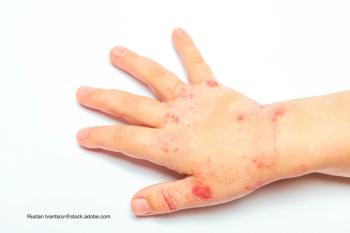
New and forthcoming options bring opportunity for optimizing patient care.
Cheryl Guttman Krader is a contributor to Dermatology Times, Ophthalmology Times, and Urology Times.

New and forthcoming options bring opportunity for optimizing patient care.

Hair regrowth was observed after starting dupilumab treatment in some pediatric patients with a history of severe and refractory alopecia areata and concomitant atopic dermatitis.

Pediatricians can use the growing body of knowledge from biomedical and grief research as the basis for improving their care of bereaved parents in crisis.

Recent research advances are providing insight on infectious causative mechanisms for this recently described disease in children.

Children are more physiologically and developmentally vulnerable to health problems created by climate change.

The pediatric medical home is the perfect place for early diagnosis of children who may have autism spectrum disorder.
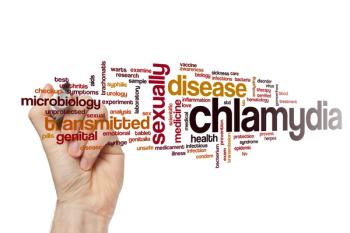
Pediatricians should intensify screening for sexually transmitted infections (STIs) among all adolescent patients, whether or not they self-report being sexually active.

A generation of inactive children is headed toward a lifetime of preventable pathologies unless clinicians enact a fundamental shift in attitudes toward exercise and physical activity.

Pediatricians can uncover important health problems by asking parents a few simple questions about their child’s sleep habits and behaviors.
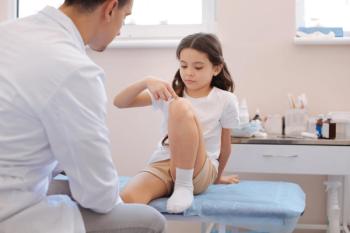
Be vigilant for infectious complications in children who are prescribed biologic response modifiers for various immune-mediated diseases.

Pediatricians are in a unique position to identify risk factors for suicide and provide anticipatory guidance and interventions to patients and families.

Pediatricians know from their training that chemicals in the environment are important causes of neurodevelopmental and other health problems in children, but clinicians need to keep that information top-of-mind in daily practice and apply it in counseling and evaluation, said Philip J. Landrigan, MD, MSc, FAAP.

Innovations in the evaluation and management of appendicitis could lead to better patient care and improved outcomes.

For the first time in a decade, there are antibiotics newly approved for use in children with skin and skin structure infections that do not respond to conventional treatment.
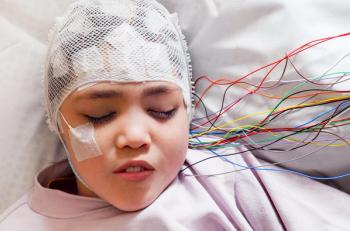
Pediatricians are the frontline providers for identifying neurologic problems in neonates and infants.

Education for pediatricians about vascular anomalies primarily focuses on cutaneous malformations and vascular tumors, but vascular anomalies also affect deeper tissues and organs.

The Centers for Disease Control and Prevention (CDC) has been monitoring the prevalence of diagnosed and medicated attention-deficit/hyperactivity disorder (ADHD) among children aged 4 to 17 years since 1997, and the evolving data show rates for both measures have been rising steadily and more dramatically in recent years.

Autism spectrum disorders (ASDs) are etiologically complex. Evidence that the origin begins in utero has made maternal conditions as risk factors during pregnancy the focus of increasing research.

Published: October 1st 2017 | Updated:

Published: October 1st 2017 | Updated:

Published: October 1st 2017 | Updated:
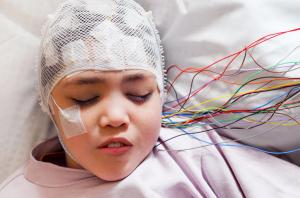
Published: October 1st 2017 | Updated:

Published: October 1st 2017 | Updated:

Published: July 1st 2014 | Updated: